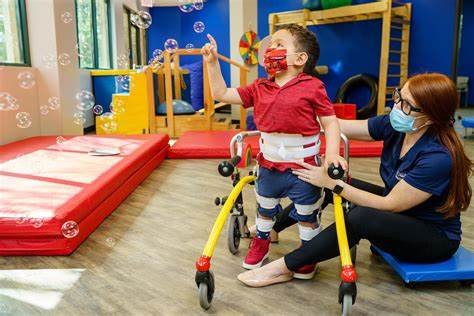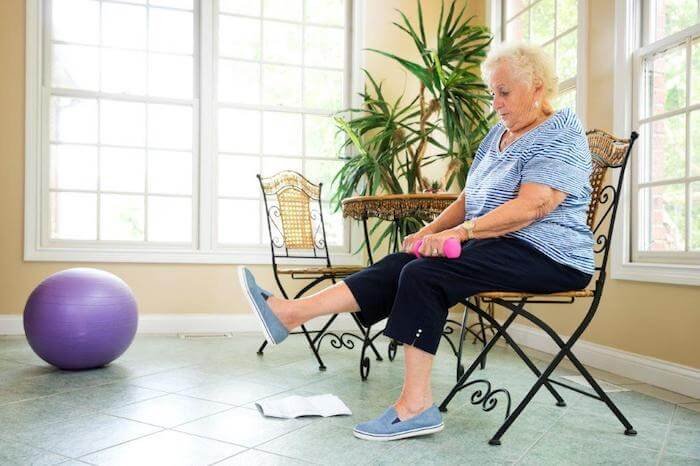Pediatric rehabilitation plays a crucial role in helping children overcome physical, developmental, and emotional challenges. With a holistic approach tailored to their age and individual needs, children can achieve their full potential and thrive in their everyday lives.
Understanding Pediatric Rehabilitation
Pediatric rehabilitation is a specialized field that focuses on helping children with a variety of medical conditions or injuries. These may include developmental delays, congenital disabilities, brain injuries, or physical disabilities caused by accidents or illnesses.
The goal of pediatric rehabilitation is to improve a child’s physical, cognitive, emotional, and social functioning, enabling them to lead more independent and fulfilling lives.
Types of Pediatric Rehabilitation
- Physical Therapy (PT)
- Purpose: Focuses on improving mobility, strength, and coordination.
- Conditions Treated: Cerebral palsy, spina bifida, muscular dystrophy, and recovery after surgery or injury.
- Therapies: Exercises to enhance motor skills, balance, and muscle strength.
- Occupational Therapy (OT)
- Purpose: Helps children develop the skills needed for daily activities.
- Conditions Treated: Autism spectrum disorders, ADHD, developmental coordination disorder.
- Therapies: Teaching fine motor skills, dressing, feeding, and writing.
- Speech Therapy
- Purpose: Improves communication skills and addresses speech and language delays.
- Conditions Treated: Speech delays, stuttering, language disorders, and feeding issues.
- Therapies: Exercises to improve speech articulation, language comprehension, and social communication.
- Cognitive Rehabilitation
- Purpose: Focuses on improving memory, attention, and problem-solving skills.
- Conditions Treated: Brain injuries, developmental disorders, and learning disabilities.
- Therapies: Memory exercises, games, and strategies to enhance cognitive function.
- Behavioral Therapy
- Purpose: Addresses emotional and behavioral challenges.
- Conditions Treated: Anxiety, depression, ADHD, and trauma.
- Therapies: Cognitive-behavioral techniques and behavior modification strategies.
- Neurorehabilitation
- Purpose: Helps children recover from neurological disorders or injuries.
- Conditions Treated: Brain injuries, strokes, cerebral palsy.
- Therapies: Motor exercises, cognitive retraining, and sensory integration techniques.
Benefits of Pediatric Rehabilitation
- Improved Physical Functioning: Children gain strength, mobility, and coordination to perform daily tasks with ease.
- Better Social Skills: Therapy helps children develop communication and social interaction skills, promoting positive relationships.
- Enhanced Emotional Well-Being: Behavioral and emotional support allows children to better manage their feelings, leading to improved self-esteem.
- Increased Independence: As children build skills in therapy, they become more independent in their daily activities, improving their overall quality of life.
- Support for Families: Pediatric rehabilitation often includes family involvement, helping parents and caregivers support their child’s progress.

Approaches in Pediatric Rehabilitation
- Individualized Treatment Plans: Pediatric rehabilitation is tailored to each child’s unique needs, ensuring the best outcomes.
- Collaborative Care: Different specialists, including doctors, therapists, and psychologists, work together to create a comprehensive treatment plan.
- Play-Based Therapy: Many pediatric therapies incorporate play to make learning and recovery enjoyable, helping children stay engaged.
The Role of Family in Pediatric Rehabilitation
The support of family members is integral to a child’s recovery. Parents and caregivers often take an active role in therapy by practicing exercises at home, maintaining a structured environment, and offering emotional encouragement.
Conclusion
Pediatric rehabilitation is essential for helping children overcome obstacles and achieve their fullest potential. By addressing physical, emotional, and cognitive needs with a holistic approach, children can thrive in their home, school, and social environments. With the right therapy and support, children facing various challenges can lead happy, independent lives.











